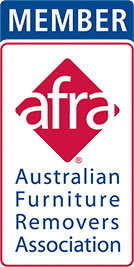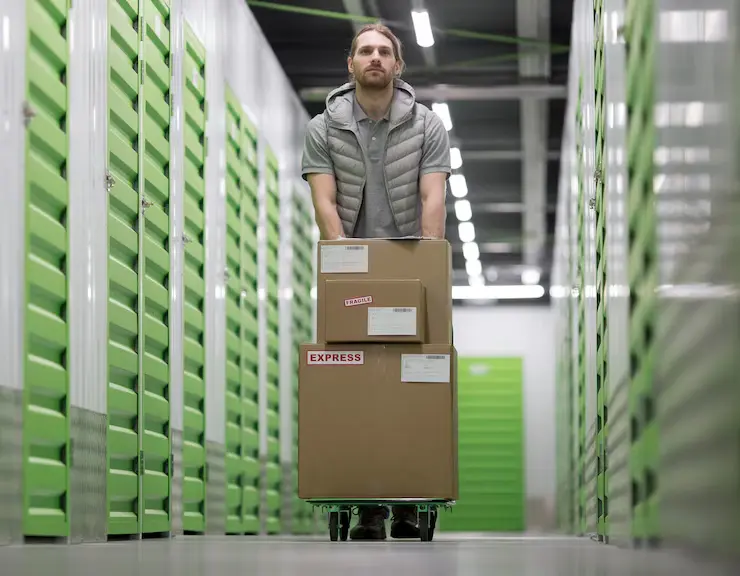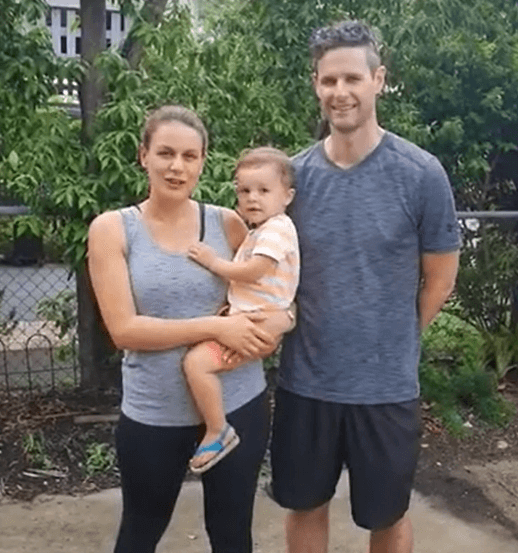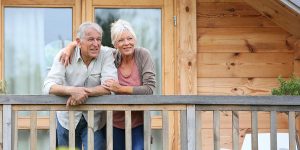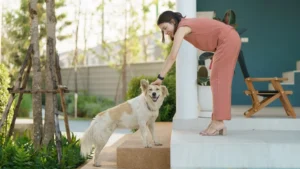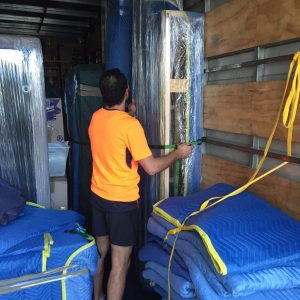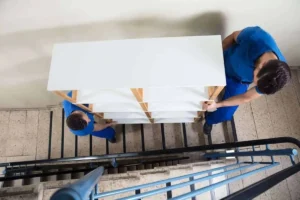Tips for a Safe and Accessible Home for Older Adults
As our loved ones age, it’s essential to ensure their home is safe and accessible for their changing needs. Whether you’re moving an elderly family member into a new home or looking to make your own home more senior-friendly, there are several things you can do to create a safe and comfortable living space.
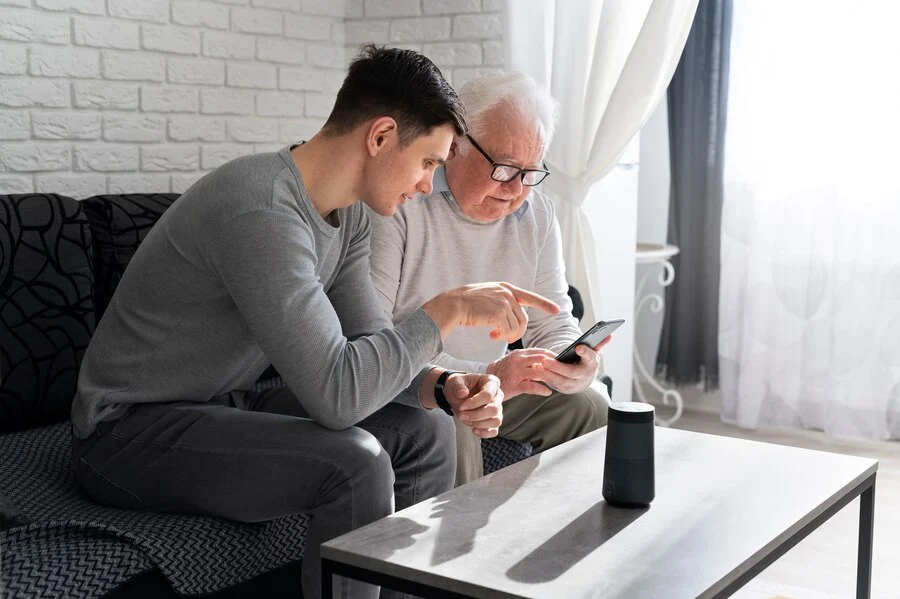
Install Grab Bars and Handrails
Installing grab bars and handrails in critical areas like the bathroom and near staircases is crucial in making your home more senior-friendly. These bars can provide extra support for seniors with difficulty with balance or mobility and help prevent falls and serious injury for your aging relative.
- When installing grab bars and handrails, it’s important to ensure they are correctly installed and can support body weight. Make sure the bars are securely anchored to the wall with screws and that they can hold at least 250 pounds to support the weight of most adults.
- Consider installing grab bars near the toilet, bathtub, and shower in the bathroom. This will support seniors as they move around in slippery and wet conditions. In the staircase, install handrails on both sides to offer support as seniors climb up and down. Make sure there is also adequate lighting and emergency response services available to the elderly adults.
Choosing the correct grab bars and handrails for your needs is also important. Look for bars and rails with a textured surface or coating to prevent slipping and are easy to grip. Consider options for height adjustments to accommodate different users.
Consider accessibility upgrades
For seniors who use a wheelchair or walker, making accessibility upgrades to the home can greatly improve their quality of life and independence. Here are some of the most common accessibility upgrades and senior safety tips to consider:
- Widening doorways: Wheelchairs and walkers require extra space to maneuver, making it much easier for seniors to move around the house. Consider widening doorways to a minimum of 32 inches to accommodate a standard wheelchair.
- Installing ramps: Ramps provide an accessible entrance and exit for seniors who use a wheelchair or walker. A ramp should be at least 36 inches wide and have a slope of no more than 1 inch for every 12 inches of length. Make sure the ramp is slip-resistant and stable.
- Installing stairlifts: Stairlifts provide a safe way for seniors to navigate stairs in multi-level homes. They are available in straight and curved designs and can be customised to fit the needs of elderly residents.
- Lowering countertops and cabinets: Lowering countertops and cabinets can make it easier for seniors in a wheelchair to prepare meals and access storage. Make sure that the countertops are at a height that is comfortable for the user, typically between 28-34 inches. Additionally, the electrical outlets should also be accessible for cooking and the use of other appliances.
- Lever-style door handles: Lever-style door handles are much easier to open than traditional doorknobs, especially for seniors with arthritis or limited hand mobility. This makes aging in place more tolerable for the older adult.
When planning accessibility upgrades, consider consulting with an occupational therapist or home modification specialist to ensure you’re making the right changes for your loved one’s needs. They can recommend and guide you on the best modifications for your home and budget while eliminating potential hazards and fall risks.
Eliminate Tripping Hazards
Tripping hazards are a leading cause of falls for seniors, so it’s essential to be vigilant in removing or minimising them in the home. Here are some home safety tips you can take to reduce tripping hazards and create a safer living environment for your loved one:
- Remove loose rugs: Loose rugs are one of the most common trip hazards in the home. Consider removing any area rugs or using double-sided tape to secure them to the floor as added safety measures.
- Tuck away cords and wires: Cords and wires that run across pathways can be a tripping hazard. Ensure to tuck away cords behind furniture or use cord covers to keep them out of the way.
- Clear clutter: Clutter left on the floor can also be a trip hazard. Make sure to pick up after yourself and keep belongings off the floor to help in reducing fall risks.
- Apply non-slip strips: Applying non-slip strips to floors and stairs can help prevent slips and falls. Non-slip strips can be easily applied to surfaces like tile, wood, and concrete, providing extra traction for feet. These can help an elderly person with chronic health conditions move about safely inside the home or assisted living community.
- Insta%MCEPASTEBIN%ll slip-resistant flooring: Consider installing slip-resistant flooring in high-risk areas like the bathroom, kitchen, and entryway. This type of flooring is designed to provide extra grip underfoot, even when wet. The bathroom area is a particular concern for family members because it is here that elderly adults often encounter accidents in their own homes.
By taking these steps, you can greatly reduce the risk of falls and create a safer living environment for your loved one. It’s essential to regularly check for and address any tripping hazards in the home to ensure ongoing safety. Encourage your loved one to wear non-slip footwear with a good grip whenever in the bathroom or laundry room to reduce the chance of falls further.
Provide Night Lights and Accessible Light Switches
Good lighting is critical for seniors, especially those with mobility or vision issues, to navigate their homes safely. Here are some tips to help improve lighting and reduce the risk of falls in the house:
- Use bright light bulbs: Switching to brighter light bulbs can significantly improve lighting throughout the home. Choose bulbs with at least 800 lumens, and consider using LED or fluorescent bulbs for energy efficiency.
- Add task lighting: Task lighting can provide additional illumination for areas like reading nooks, workspaces, or kitchen counters. Consider installing under-cabinet lighting in the kitchen or desk lamps in the living room and bedroom.
- Install motion-activated lights: Motion-activated lights can automatically turn on when someone enters a room or walks through a hallway, making it easier for seniors to see where they’re going without fumbling for light switches.
- Use night lights: Installing lights in hallways, bathrooms, and easily accessible locations can help prevent trips and falls during nighttime bathroom trips. Motion-activated nightlights are particularly useful for those with poor eyesight as they only turn on when someone walks by, saving energy while providing illumination.
- Clean light fixtures and lampshades regularly: Dust, dirt, and grime can accumulate on them, reducing their effectiveness and brightness. Periodically clean these surfaces to ensure maximum light output.
By taking these steps, you can create a well-lit home environment that promotes safety and independence for your loved one. It’s essential to regularly check that all light bulbs are functioning and replace them as needed to maintain good lighting.
Optimise Storage and Organisation
Simple tasks such as reaching high shelves or bending down can become more complex as we age. This is why optimising storage and organisation in our homes is essential. By keeping frequently-used items within easy reach and utilising pull-out drawers and shelves in lower cabinets, seniors can maintain their independence and make their daily routines more manageable.
For example, placing commonly used kitchen utensils and dishes on lower shelves can make meal preparation more accessible and seniors-safe. Pull-out drawers in lower cabinets can provide easy access to pots and pans, eliminating the need to bend down and rummage through cabinets.
In addition to the kitchen, optimising storage and organisation in other home areas can also be beneficial. For instance, keeping frequently used clothing items in easy-to-reach drawers can save seniors from the strain of reaching for items stored on higher shelves. Installing pull-out shelves in closets can also help seniors quickly access items that may have been previously out of reach.
By optimising storage and organisation, seniors can maintain independence and enjoy a more comfortable and stress-free living space.
Implement Smart Technology:
As technology advances, more smart home devices are available to help seniors live more independently and safely. These devices offer seniors and their loved ones convenience, security, and peace of mind.
- One example of a smart home device that can benefit seniors is the smart thermostat. These devices allow users to control the temperature of their homes remotely via smartphone or voice command. This is particularly helpful for seniors who may have difficulty getting up to adjust the thermostat or may forget to do so altogether. Smart thermostats can also learn a user’s habits and preferences and automatically adjust the temperature accordingly.
- Another useful smart home device for seniors is the intelligent door lock. These locks can be controlled remotely via smartphone or voice command, allowing seniors to quickly and securely lock and unlock their doors without turning keys physically. Some smart door locks offer additional security features like video monitoring and remote access control.
- Security cameras are also valuable to any senior’s intelligent home setup. These cameras can provide added security and peace of mind by allowing elderly adults (and their loved ones) to monitor their homes remotely. In addition to traditional security cameras at the front door, many newer models offer advanced features such as facial recognition, motion detection, and two-way audio and a medical alert system for the relatives.
Overall, many different types of smart home devices can help seniors live more independently and safely. These devices offer seniors and their families valuable benefits, from smart thermostats and door locks to security cameras and beyond. They can be installed in the senior’s bedroom all over the house for added home safety.
Conclusion
In conclusion, making a few minor adjustments to the home of an elderly loved one can help them maintain their independence and quality of life. From installing non-slip mats in bathrooms to optimising storage and organisation to implementing innovative technology, there are many ways that seniors can enjoy excellent safety, security, and comfort in their homes.
For those unable to do the necessary modifications themselves, hiring Optimove for their removal services may be beneficial. With their expertise and quality service, they can provide seniors with the support they need during relocation planning and the actual move-in. Having professional removalists help with the packing and heavy lifting is one of the best safety tips whenever seniors move into their own homes.

